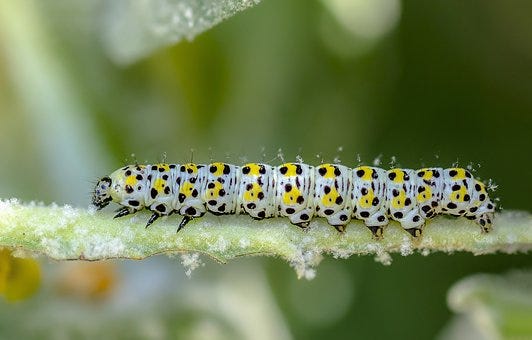
In the modern debate between science and religion it is often said that religion believes in miracles, thus demonstrating that it is false, while science doesn’t. ‘Enlightenment’ science only believes in natural, by which it means materialist, physicalist laws, rejecting supernatural explanations.
Such a stance is becoming increasingly hard to maintain, as we move to a new paradigm in science, a reunification with spiritual thinking. I recently came across these two quotes from Bishop George Berkeley, the 18th century philosopher, which seem to me to describe how outdated this materialist approach is:
“Nothing can be more evident to anyone that is capable of the least reflection, than the existence of God, or a spirit who is intimately present to our minds… on whom we have an absolute and entire dependence, in short, in whom we live, and move, and have our being”.
“That the discovery of this great truth which lies so near and obvious to the mind, should be attained to by the reason of so very few, is a sad instance of the stupidity and inattention of men, who, though they are surrounded with such clear manifestations of the Deity, are yet so little affected by them, that they seem as it were blinded with excess of light”¹.

One apparent miracle is the transformation of an apparently lifeless egg into a chicken, and another is the fact that the fertilisation of a human egg by a single sperm can eventually lead to a being capable of composing symphonies and producing artistic works of genius. As Lawrence LeShan puts it: “This (Darwinian) theory must be stretched to its limits to account for such things as eggs, and even this intellectual stretching is very unconvincing. Science is reluctant to admit this fact, since it smacks of what has come to be known as ‘intelligent design’ ”².

Perhaps the greatest miracle of all is the process of metamorphosis. How a caterpillar is transformed into a butterfly, and why ‘nature’ deems this necessary, appears to be completely beyond comprehension. Michael Denton describes it thus: “…the complete dissolution of all the organ systems of the larva and their reconstitution de novo from small masses of undifferentiated embryonic cells called the imaginal discs. In other words, one type of fully functional organism is broken down into what amounts to a nutrient broth from which an utterly different type of organism emerges”³.
Paul Nelson and Ann Gauger give more detail: “It hatches out of the egg as a worm-like creature whose sole purpose is to eat as much as possible and to grow as rapidly as it can. When it has grown large enough, it tucks itself into bed (we know it as the chrysalis or pupa), and over the course of several days, while it sleeps, so to speak, its body is built anew. Caterpillar (larval) tissues are dissolved or remodeled, and new wings, legs, eyes, antennae, nerve connections, muscles, epidermis, and reproductive organs develop. Even the brain itself undergoes a substantial transformation. The adult butterfly finally emerges as a beautiful, free-flying animal, completely unlike what came before”⁴.
Denton goes on to say (writing in 1986) that “not even the vaguest attempts have been made to provide hypothetical scenarios”. So it is reasonable to ask how on earth this could have come about by a process of neo-Darwinian evolution, natural selection acting upon random genetic mutations, without any intelligence, creative intent, or sense of purpose. Evolutionary biologists will presumably assure us that this is indeed the case, even if no explanation is offered. I would suggest, on the contrary, that anyone who believes this should take a serious look at themselves or, as Berkeley said, is “blinded with excess of light”. Atheistic scientists might not like the idea, but isn’t a more likely explanation for a caterpillar’s metamorphosis divine creativity or imagination?
================================================================================================
Update.
Since I wrote the above a few days ago, I’ve come across a relevant article. This points out an obvious further miracle in relation to chickens and eggs, which is the old conundrum of which came first. “To get A we need B, but to get B we first need A. We can’t have one without the other” (quote from first link below). This fact is an obvious problem for Darwinian evolutionary theory, and naturalistic explanations. Something very strange is going on.
Check out:
Marcos Eberlin: Chicken-and-Egg Questions Suffuse Life, Pointing to Intelligent Design
and

================================================================================================
Footnotes:
1. quoted by Peter Wilberg, The Science Delusion, New Gnosis Publications, p27
2. A New Science of the Paranormal, Quest Books, 2009, p9
3. Evolution: a Theory in Crisis, Adler & Adler, 1986, p220
4. e-book, Metamorphosis: The Case for Intelligent Design in a Chrysalis, David Klinghoffer (ed.), p24